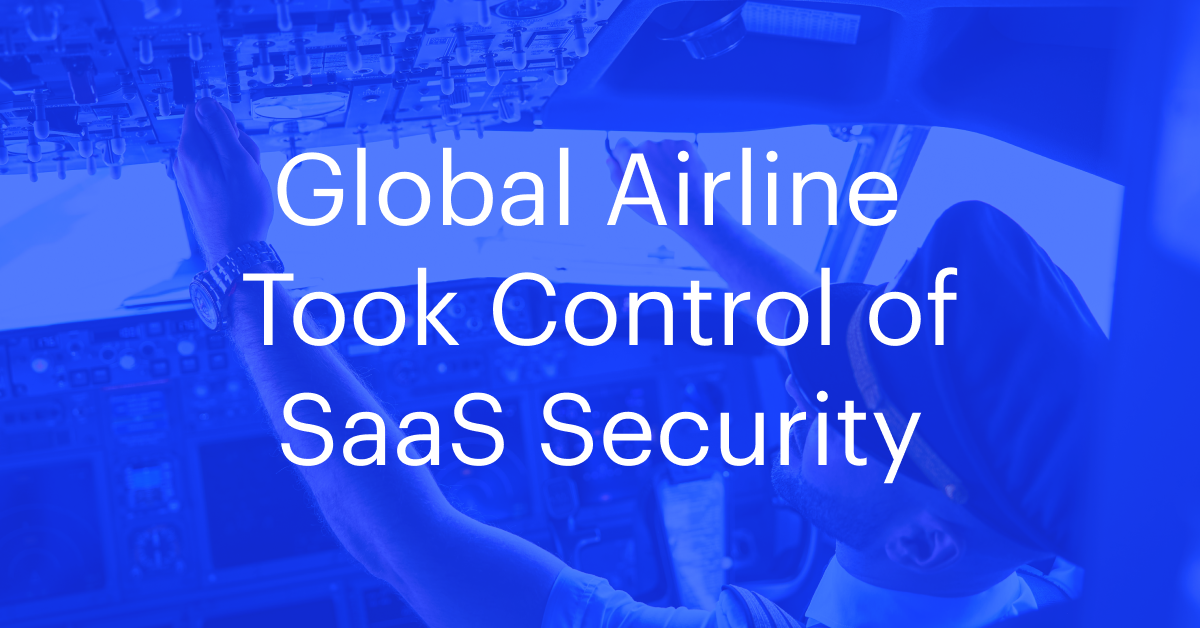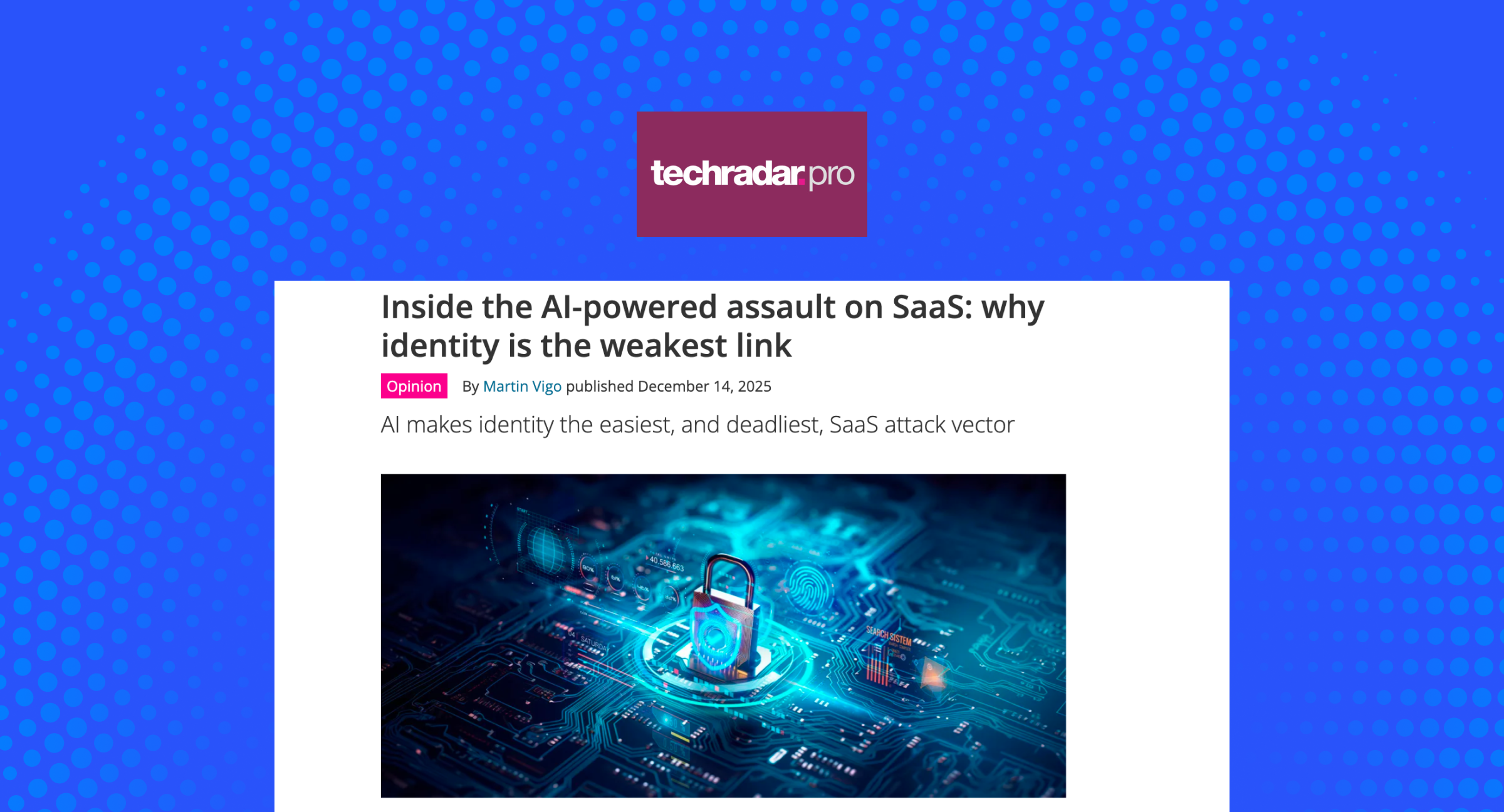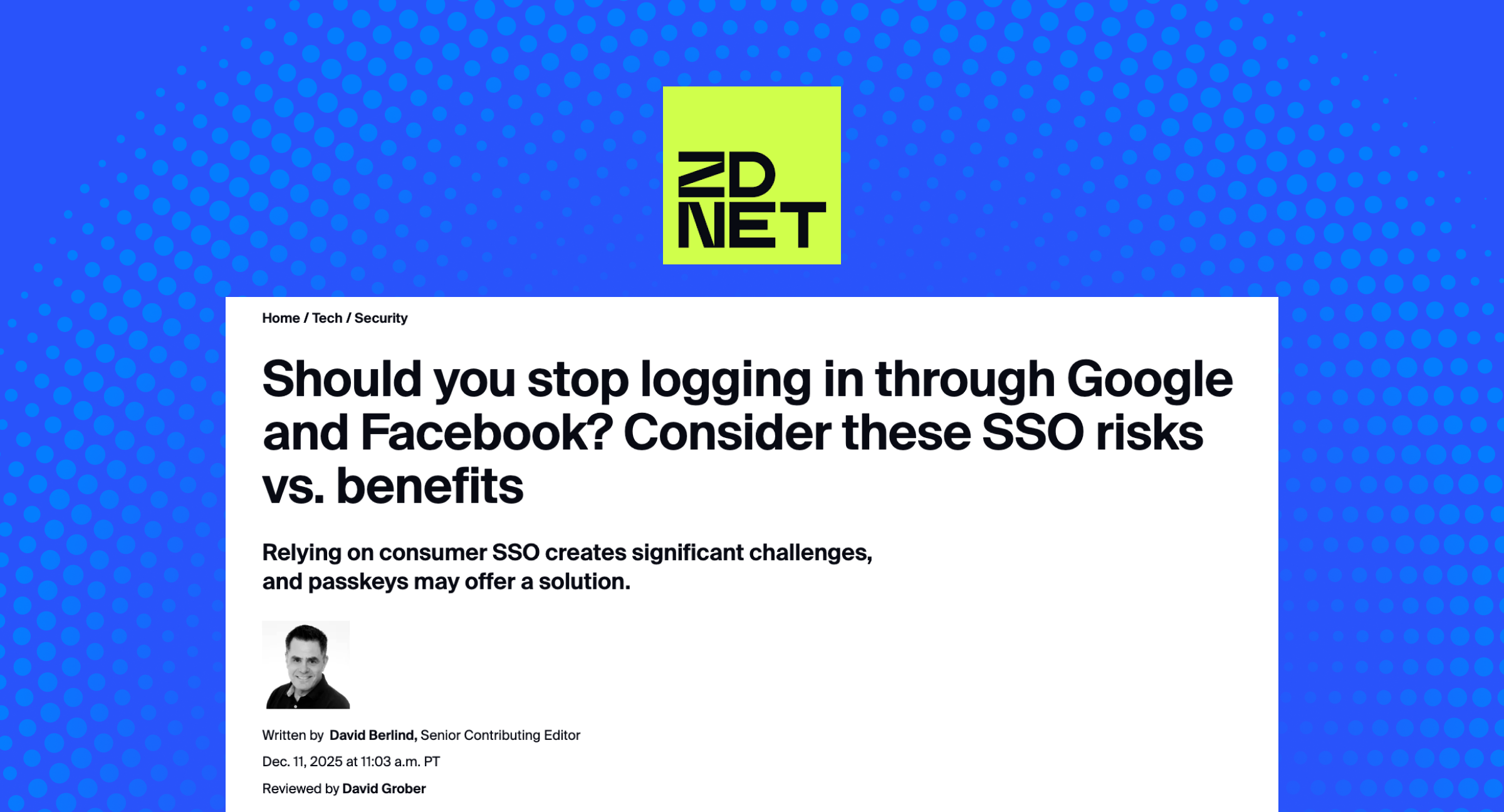SaaS is convenient—being able to run your entire business with nothing more than a browser is an incredible opportunity. But gaining insights into your SaaS apps and building threat detections for those apps is far from an easy task, and frequently involves several challenges. Those challenges include:
Managing the diverse logs and telemetry that each application generates
Every SaaS app has its own way of logging events, which leads to a mishmash of data models. This diversity can make it difficult for security teams to piece together a coherent picture of potential threats in their SaaS environment.
Specialization of SaaS applications introduces complexity
SaaS tools are designed to cater to specific functions and industries, which results in highly specialized logs and telemetry. Security teams need a deep understanding of each application to effectively monitor and detect threats. Without this expertise, it’s easy for potential issues to slip through the cracks.
Securing SaaS-to-SaaS app connections is difficult
The sheer volume of data and the numerous connections between different SaaS applications can be overwhelming for teams. Keeping an eye on a vast web of data flows and interactions is no small feat! The interconnected nature of SaaS means that a threat in one app can quickly spread to others, which complicates threat detection efforts even further.

Traditional ITDR Solutions versus SaaS-aware ITDR
Traditional ITDR solutions are highly effective, and their capabilities can be further enhanced with the addition of SaaS-specific tools. For example, traditional ITDR solutions do not enumerate roles and privileges defined within the SaaS applications giving only a partial view of whether a user is provisioned to an application. Whereas ITDR for SaaS — or as we are calling it, SaaS-Aware ITDR — provides the insights and context needed for SaaS application events and posture settings. Identity-centric SaaS solutions uniquely correlate and detect SaaS threats by combining user behavior analysis with context from posture. They complement traditional ITDR solutions, providing a comprehensive, end-to-end threat detection and response specifically for SaaS applications. They facilitate policy-driven automated actions to counter account takeovers and privilege escalation attempts.
Limited context places a burden on security teams. Even when potential threats are identified, there’s often limited actionable context to work with. Security teams might struggle to prioritize threats and decide on the best course of action without a clear understanding of the overall security posture and identity insights. This lack of context can lead to delays in responses to threats, increased risks, longer data exposure, alert fatigue, and extended time for the threat to persist. Ultimately, delays in response times increase risk.
So how can you best tackle SaaS threat detection and protect your organization’s sensitive data from attack?
How to get started with building threat detections for SaaS applications
To successfully build threat detections for SaaS applications, you need a multifaceted approach that integrates advanced detection capabilities with comprehensive insights and expertise across your SaaS estate, in addition to the context gained from posture and identity centric analysis.
This begins with robust log normalization to handle the diverse and disparate data formats from various SaaS applications, which ensures consistent and accurate threat detection. Add on to this easy integration with existing security workflows and tools—such as SIEM and SOAR systems—ensures seamless operation and efficient threat management. Access to extensive SaaS expertise and pre-built detections based on industry best practices also provides a solid foundation for effective threat detection and response.
While these features can simplify formerly difficult and often manual processes, leveraging identity-centric analysis and posture information is crucial to get the context you need to prioritize detections and address issues effectively.
Combining security posture, identity, and threat detection is crucial
Think of security posture as your overall security health check. It’s the proactive side of the equation—it tells you how secure your SaaS environment is at any given moment in addition to what is allowed in the environment and what is not. Meanwhile, information on identities provides insight into a user’s activity and access—what they could potentially do in the SaaS app, plus any specific access rights they have.
In other words, if a user is over-privileged, they may be able to change policies or gain access to information that, if exposed, could result in reputational damage. Threat detection, on the other hand, is about identifying specific malicious activities or vulnerabilities that could compromise your security.
When these elements work in isolation, you get only a part of the story. You might know that a threat exists, but without understanding your security posture it’s hard to gauge its impact or urgency. Conversely, knowing your security posture without also having active threat detection is like having a health report without knowing if there’s an immediate illness to address.
By merging posture, identity, and threat detection, AppOmni provides a comprehensive view that provides actionable context that allows security teams to see not just that a threat exists, but how it fits into the larger security landscape. For example, if a detected threat aligns with a known vulnerability in your security posture, the platform signals a higher priority for immediate action.
Let’s take a look at the Midnight Blizzard example. Mapping out the Tactics, Techniques, and Procedures (TTPS), it can be seen in Figure 2, which TTPs can be detected, versus which can be fixed via posture. When combined, there is stronger protection of the threat than with one alone.

How AppOmni tackles SaaS threat detection
AppOmni built its threat detection with the tools and telemetry needed to combat the challenges of SaaS security. We built our SaaS threat detection with identity-centric analysis supported by our patent pending detection engine, open-source SaaS event inventory, and SaaS estate health to help customers build scalable SaaS security programs. Additionally, AppOmni now offers enhanced SaaS-Aware Identity Threat Detection and Response (SITDR), prioritizing identity in SaaS security. With comprehensive lifecycle visibility into identities within the SaaS environment, including SaaS events, logs, and user behavior, we identify SaaS-specific threats arising from misconfigured permissions, unusual user activities, compromised credentials, and other vulnerabilities.
With features like User Entity and Behavior Analytics out-of-the-box detection rules, direct integrations into SIEMs and SOARs, and open-source tools like the Event Maturity Matrix to help you get started, AppOmni Threat Detection can:
- Improve security operations efficiency and reduce alert fatigue
- Provide higher-fidelity detection alerts with identity and posture analytics
- Enable application owners to quickly identify unusual user behaviors
- Clarify events from each SaaS app to watch for
- Write detection rules
Ready to enhance your SaaS security with comprehensive threat detection and posture management? Discover how AppOmni can provide the context, insights, and seamless integration you need to protect your SaaS environments. Try our free open-source tool to identify gaps in your SaaS logs and see how our SaaS security platform can elevate your security strategy or request a demo of threat detection today.
Integrating Threat Detection and Posture Management
Watch this on-demand webinar and learn how threat detection can strengthen your SaaS security strategy and help you stay ahead of emerging threats.

Additional Resources
-

Inside the Global Airline that Eliminated 14,600 SaaS Security Issues with AppOmni
28 apps secured. 37 orgs monitored. 14,600 issues resolved. See how a global airline strengthened SaaS security with AppOmni.
-

Inside the AI-powered assault on SaaS: why identity is the weakest link
Martin Vigo from AppOmni explains why AI makes identity the easiest, and deadliest, SaaS attack vector.
-

Should you stop logging in through Google and Facebook? Consider these SSO risks vs. benefits
“You’re right that ‘Sign in with Google/Apple/etc.’ centralizes risk,” said Cory Michal, chief security officer at AppOmni.